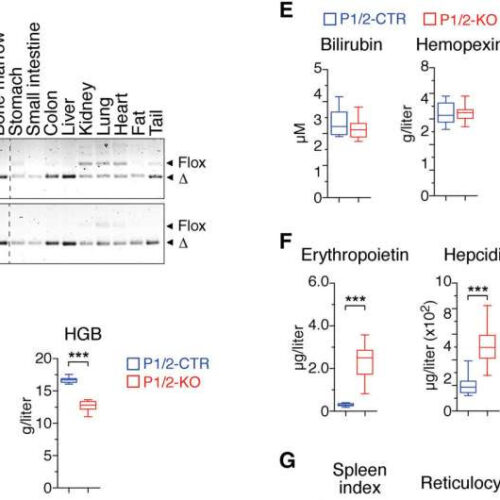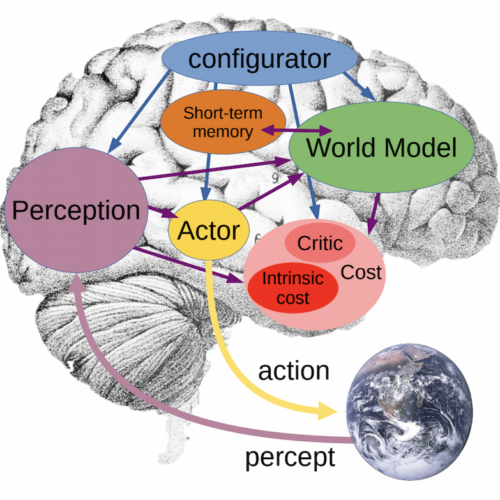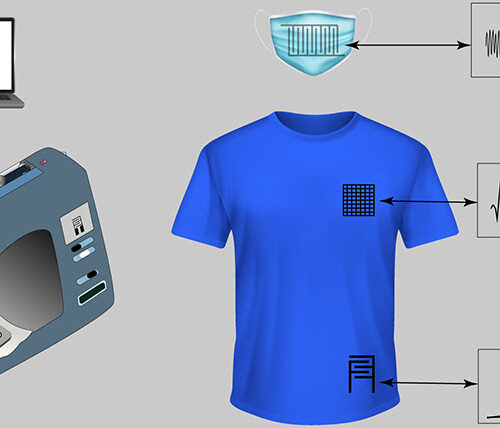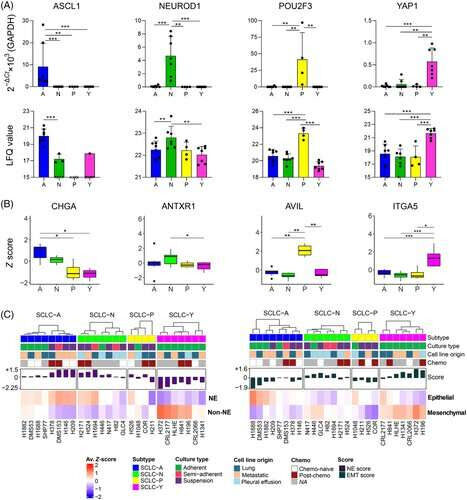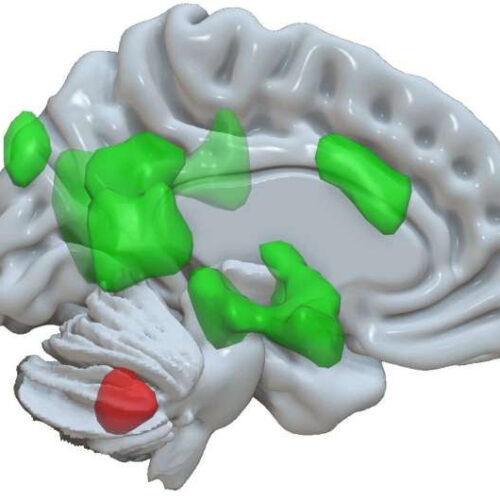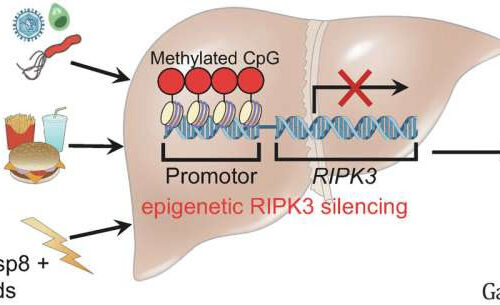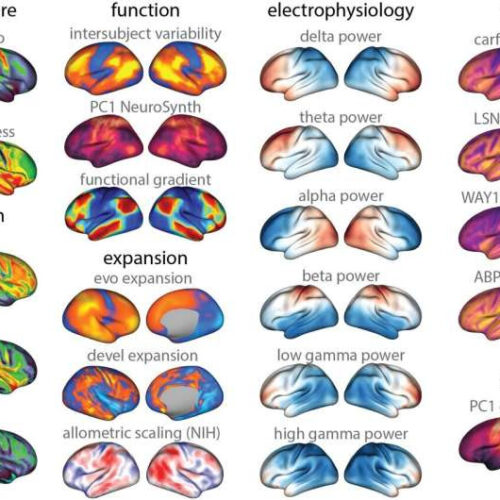by German Cancer Research Center Acute IRP ablation during adulthood causes erythropenia and myelopenia. P1/2-CTR and P1/2-KO littermates received tamoxifen on days 1 and 3 to induce IRP ablation. Mice were analyzed on day 10. (A) Genomic polymerase chain reaction (PCR) analysis of the Irp1 (Aco1) and Irp2 (Ireb2) alleles in tissues from P1/2-KO mice....
Study may have solved a mystery surrounding Crohn’s disease
Reviewed by Emily Henderson, B.Sc. Oct 5 2022 A new study may have solved a mystery surrounding Crohn’s disease, a type of inflammatory bowel disease in which immune defenses meant to attack invading microbes instead mistakenly target the body’s own digestive tract. Norovirus, a common infection that causes vomiting and diarrhea, is one of several...
Top Facebook Scientist Quietly Plotting “Autonomous” AIs
As the rest of the company is mandated to work towards Mark Zuckerberg’s metaverse dreams, Facebook’s artificial intelligence chief is quietly building a roadmap towards “autonomous” machine intelligence. Case in point, Meta AI Chief and famed computer scientist Yann LeCun published a paper earlier this summer — and presented it last week at Berkeley — that describes a lack of “common...
Heart attack: Could ‘love hormone’ help regenerate heart muscle
Might the ‘love hormone’ oxytocin be harnessed in the treatment of the heart following a heart attack? Image credit: Chelsea Victoria/Stocksy. Almost 18.6 million people die each year from cardiovascular disease, including coronary artery disease, which causes heart attacks. Researchers from Michigan State University have found evidence that the hormone oxytocin helps stimulate the regeneration of...
Conductive Cotton Thread for Wearable Sensors in Commercial Textiles
OCTOBER 5TH, 2022 CONN HASTINGSCARDIOLOGY, MATERIALS, MEDICINE, TELEMEDICINE Imperial College London researchers created a conductive cotton thread that can undergo a computerized embroidery process for incorporation into commercially produced textiles, such as t-shirts and face masks. The thread, called PECOTEX, can be used to create wearable health sensors, such as heart rate monitors, breathing monitors...
Brain tricked into thinking it is fasting to cope better with inflammation
Mice who have been tricked into thinking they are fasting manage inflammation more easily, according to neurobiologists at The University of Manchester and collaborators from the University of Naples ‘Federico II, in Italy. The study of mice and published in Current Biology is also the first to show that the well-established protective effects of fasting...
New approaches to personalized treatment for small cell lung cancer
by Johannes Angerer, Medical University of Vienna Proteomic analysis of small-cell lung cancer (SCLC) cell lines highlights molecular heterogeneity: (A) The mRNA expression of key genes ASCL1, NEUROD1, POU2F3 and YAP1 to determine the molecular subtypes (top). Data is shown as mean ± SD of the 2−ΔCt × 1000 value, normalized to glyceraldehyde 3-phosphate dehydrogenase (GAPDH). Each dot represents...
Discovery of a new function of the cerebellum
by University of Basel The cerebellum (activation in red) communicates with various areas of the cerebrum (activations in green) to enhance storage of emotional information. Credit: MCN, University of Basel The cerebellum is known primarily for regulation of movement. Researchers at the University of Basel have now discovered that the cerebellum also plays an important...
Surprise discovery redirects efforts for treatment of liver disease
by Walter and Eliza Hall Institute of Medical Research Graphical abstract. Credit: Gastroenterology (2022). DOI: 10.1053/j.gastro.2022.08.040 WEHI researchers have revealed that common liver diseases are not driven by inflammatory cell death as previously thought, resolving a long-standing controversy in gastroenterology and pointing to a new direction for treatment. The research team studied liver diseases that affect billions...
A one-stop-shop for brain imaging
by McGill University Just some of the brain maps included in neuromaps. Credit: The Neuro The brain is a complex organ, and no one imaging mode can catch everything that’s going on inside it. Over the years, multiple “brain maps” have emerged, each focusing on different brain processes, from metabolism to cognitive function. While these...

